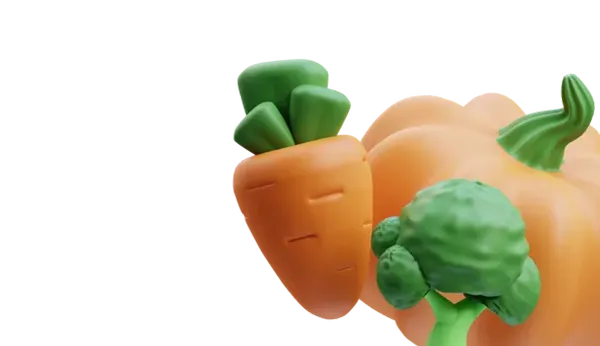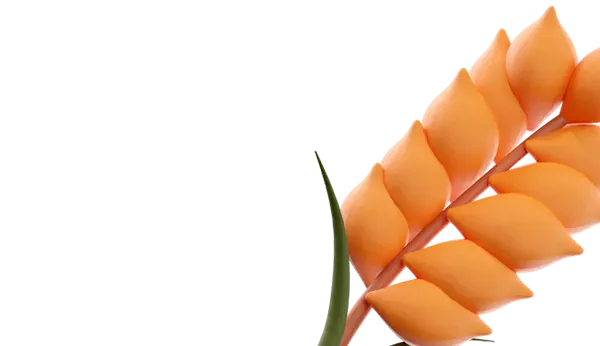Let me remind you of the basic rules for planting cucumber seedlings. Use light and nutritious soil, which you can buy or prepare yourself. Before planting, moisten the soil and press it down to avoid drying out or waterlogging. Maintain a temperature range of 25-30 degrees Celsius and provide daylight to the seedlings with a plant lamp, turning it off at night. Soak the seeds in water or a growth stimulator before planting to speed up germination.
Plant cucumber seeds 2-3 cm deep, using separate pots or common containers. If you choose a common container, prick the seedlings after the first leaves appear, but keep in mind that cucumbers do not like it when their roots are disturbed several times. Water the seedlings moderately to avoid drying out or waterlogging.
When choosing cucumber seeds, remember that you can save seeds from heirloom plants for the next year, while hybrids may have greater disease resistance. Diseases such as powdery mildew, downy mildew, or bacterial wilt may be less destructive to hybrid varieties.
Now let's talk about the popularity of homemade fertilizers among gardeners.
There are several reasons why homemade fertilizers are valued for cucumber seedlings. Firstly, commercial fertilizers can burn the delicate roots if used incorrectly. Homemade fertilizers made from organic materials work more gently and safely.
Secondly, you can customize homemade fertilizers to meet the needs of your cucumber seedlings. For example, by adding bone meal to fertilizers, you can stimulate root growth. If you want to increase nitrogen content, add blood meal. In addition, ingredients for homemade fertilizers are readily available and inexpensive, allowing you to save money.
Starting seedlings indoors guarantees successful germination of cucumber seeds, as they are very sensitive to environmental conditions. Start planting seedlings several weeks before transplanting them into the open ground or greenhouse.
During the first stage of germination, the seed produces the first shoot and roots, breaking through the outer shell. Depending on the temperature, germination can take 3 to 10 days.
Full germination begins in three days at a temperature of around 26 degrees Celsius. If the temperature drops to 15 degrees Celsius, the seeds may not germinate. You can find detailed information on cucumber seed germination in three days here.
At the next stage of development, the first immature leaves called cotyledons appear. Subsequently, the plant develops true leaves and begins to rely on photosynthesis and nutrient uptake.
Give the seedlings morning sunlight and use peat pots
Cucumber seedlings need morning sunlight as photosynthesis plays a crucial role in forming strong, healthy, and productive plants.
Place the seedlings on the sunniest windowsill and use peat pots for planting.
Cucumbers belong to the Cucurbitaceae family, which also includes melons, zucchinis, and pumpkins. All these plants do not tolerate root system damage well. Therefore, if you start growing seedlings early, it is best to use peat pots. When it's time to transplant the seedlings into the bed, you can bury the entire pot in the soil without disrupting the plants' root system.
The plant's root system consists of the main stem and long roots surrounded by small rootlets located close to the soil surface and penetrating it to absorb moisture and nutrients. A weak or damaged root system is a serious drawback for plants.
Before sowing seeds, make sure the soil temperature does not drop below 15 degrees Celsius. Plant seeds 2-3 cm deep.
When the seedlings reach a height of 15 cm, remove weak plants and provide support to the remaining ones.
Transplant the seedlings into the bed or greenhouse when the plants have three leaves. Oversized seedlings can experience shock.
Don't forget to monitor soil moisture. Check the topsoil: if it dries out by 1 cm, watering is needed.
Homemade Fertilizers
When planting cucumber seedlings, you can use homemade fertilizers and then switch to using liquid foliar fertilizers after the development of 3 leaves.
Homemade fertilizers release nutrients slowly, reducing the risk of root burns mentioned earlier. Cucumber seedlings grow best in slightly acidic soil and benefit from the addition of nitrogen, phosphorus, calcium, and potassium.
Homemade Nitrogen Fertilizers
Nitrogen promotes the active growth of stems and foliage.
Use coffee grounds, which contain a lot of nitrogen. You can apply it in two ways: either dry the coffee grounds to prevent mold and spread it thinly over the soil surface, or soak it in a jar of water for several days and then use it for watering.
Gelatin powder is another affordable and inexpensive source of nitrogen. Dissolve a packet of gelatin (7 grams) in a cup of hot water, then add three cups of cold water. Water with the gelatin solution about once a month.
Natural Soil Acidifier
Green tea is beneficial for cucumber seedlings as it contains tannins that reduce soil acidity. Green tea is also rich in nutrients and improves soil oxygen saturation, promoting healthy root development.
To prepare a solution, use one packet of green tea per six-eight liters of water and water every two weeks starting from seed sowing.
Phosphorus and Calcium
Use crushed eggshells to fertilize cucumber seedlings with phosphorus and calcium. Calcium is essential for producing new cells, and phosphorus promotes the development of strong roots.
Eggshells contain a large amount of calcium, as well as other valuable elements such as nitrogen, zinc, and phosphorus.
To use eggshells as fertilizer, rinse them before use or storage to prevent mold formation. Crush the eggshells and mix them with the soil before sowing seeds or top dress the developing plants.
Banana Tea for Potassium Fertilization
Potassium helps plants better absorb water and strengthens the immune system. Cucumbers lacking potassium will grow slowly and look unhealthy, with yellowing leaves. Banana peels are suitable for preventing potassium deficiency.
Simply place banana peels in a jar of water for several days, then use the resulting infusion for plant watering. The finer the pieces of peel, the more nutritious the fertilizer will be. For maximum benefit from banana tea, puree the peel in a blender.

 Trading platform
Trading platform 
 Monitoring
Monitoring  Express applications
Express applications 
 Fork Work
Fork Work 
 Service
Service  News
News  Directory
Directory 













